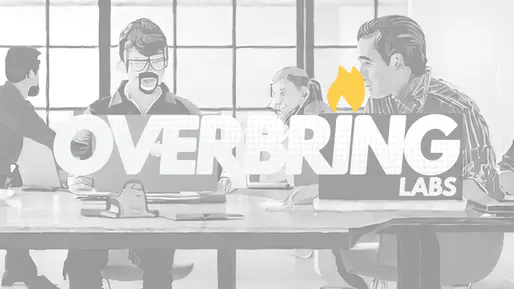Tricky times ahead
Product teams are trapped within the drudgery of running Agile/Scrum, Kanban, Jira, catering to dashboards, processes and other task-management and process management artifacts. Yet, managing products along their entire lifecycle engages increasingly diverse groups of people in evermore complex projects (and geographical setups), and that’s why it goes far beyond managing data in sophisticated vendor-pushed IT systems and complying with bureaucratic process norms, no matter how established the former or crystal-clear the latter.
Having experienced the development and management of many different products (machinery, components, electronics hardware, software and services), I predict that product management (and product lifecycle management) will not become automatically easier (meaning, by itself, without interventions) anytime soon.
In fact, getting the right product at the right time, quality and cost is bound to become increasingly tricky and full of compromises, unless we discard the cargo-cult mentality surrounding management processes and tools prevalent in many organizations.
Here are a few reasons for this prediction:
1. Unpredictable changes are now routine
Unpredictable changes is not what classical product-development and product-management processes were designed for, and wreak havoc in process execution. Volatility, uncertainty, complexity and ambiguity lead to the need to frequently rebalance features, price/cost and time-to-market. Shifting market conditions and customer requirements cause predictably unpredictable changes. Supply footprints are more global than ever, causing higher negotiation effort with more interfaces and collaboration delays due to time and intercultural barriers. Bi-directional changes to requirements and specifications exacerbate that problem.
2. Maturity leads to diminishing returns
Maturing technologies and products cause higher effort for smaller incremental differentiation. Creeping requirements and maturing technologies force development project teams to make tough, higher-risk decisions without a clear-cut chance at improvement vs. what’s already being offered. As requirements ratchet up higher and technologies mature and ride up their respective S-curve, development project teams have to make a choice: either accept a certain level of performance as satisfactory and damage differentiation, or work harder and longer, resolving tougher trade-offs than ever before, for diminishing incremental improvements. In some industries, the competitive pressure is released through frequent, predictable product launches that keep the brand in customers’ minds. This, however, implies the capability to predictably alternate “big-bang” launches and incremental upgrades–something more familiar to easily-reconfigurable software products, than to machinery/hardware products subject to the laws of physics and long lead times for prototyping and testing.
3. Software has eaten the world
Even without digitalization, software continues to increase the complexity of product systems. In most industries, gone are the days of fully-mechanical and hardware-only products. Increasingly, product systems contain electronics and sophisticated embedded software–and with the rise of the Internet of Things and of digital business models, the proportion of software to hardware in product systems is about to explode. Compared to the development of machinery, development of electronics and software benefits from a higher ease of modifications, short lead times for prototyping and testing, and well-established cross-industry standards. Increasing non-mechanical-engineering work content puts a strain on project teams. It involves managing a larger number of rigorous interfaces, and bridging the gap between different engineering disciplines (systems engineering, software engineering) that are based on entirely different assumptions about development work and timelines.
4. Diverse, decentralized confusion
Organizations become more diverse and decentralized, forcing work to become more collaborative as various barriers make pure-transactional value-added-work practically impossible. Turning confusion into creative tension requires behaviorally-driven processes instead of workflows and checklists. Inter-generational dynamics, team diversity and global collaboration (especially given the challenges of remote vs. on-premises work) mean that what worked well in the past or in one place is under intense scrutiny. This includes management ideas that surface approximately every 7 years as “miracle cures” for unsatisfactory organizational performance, especially if they imply more structure, more process and covert attempts to command-and-control work. Modern organizations now have to finally face what ideas like Business Process Re-Engineering, Six Sigma (and even misinterpretations of Lean and Agile) implied that they could safely control in deeply creative and collaborative processes: the impact of the human element and the (supposed) substitutability of knowledge owners.
In conclusion
- Product management and product lifecycle management are becoming increasingly complex and difficult.
- Unpredictable changes in market conditions and customer requirements make it difficult to manage products along their entire lifecycle.
- Maturing technologies and products lead to diminishing returns and tougher trade-offs.
- The increasing presence of software in product systems adds complexity and strain on development teams.
- Discarding the “cargo-cult mentality” surrounding management processes and tools can help organizations better manage the complexity of product lifecycle management.




